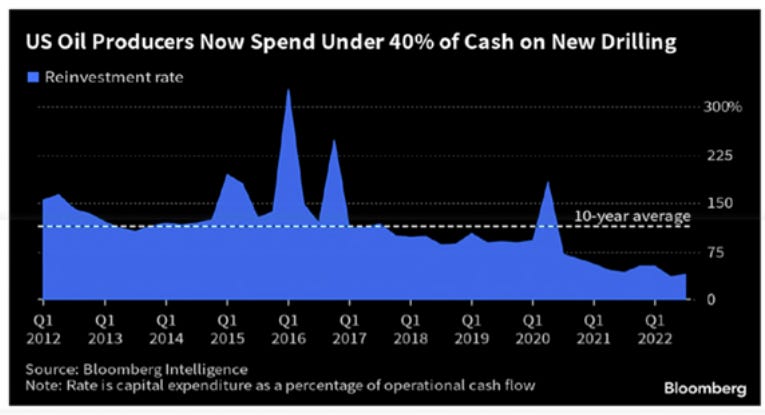
GERM (Geopolitical & Environmental Risk Monitor)
Corporate risk disclosures are often underappreciated as sources of valuable data with potential for creative application beyond finance and regulatory compliance. Wading through the jargon-heavy prose of annual reports can bring into focus industry-specific vulnerabilities and a spectrum of futures filtered through the attention of the corporation. Even the most extreme risks crop up within annual reports (Figure 1).
Crises continue to play an important role in strengthening the quality of risk data. The US public company disclosure system was founded in the aftermath of the Great Depression and the stock market crash of 1929. Fundamental transformations to risk disclosure were initiated following the collapse of Enron and the Dotcom bubble at the turn of the millennium. As a consequence of climate change and the increasing acceptance of climate risk as indistinguishable from financial risk, many companies are now required to publish detailed emissions data.
Whilst the quality of risk disclosure may be increasing, the format is heavy in detail, vast in scale and lacking in standardisation. The relentless volume of annual reports published each day challenges the attention of human analysts, investors and markets. Its therefore unsurprising to see the growing machine readership for annual reports. AI-driven software is being deployed to scour through risk disclosure for treasure.
Leave a Comment
Related Posts

Worse Than The Disease? Reviewing Some Possible Unintended Consequences of The mRNA Vaccines Against COVID-19
CommentUS navy tests aircraft carrier with 'full ship shock trial' explosion that registers as 3.9 magnitude earthquake
Comment
We're the Founder/CEO and SVP at Ginkgo Bioworks. We program DNA so it can grow anything! Ask Us Anything! : IAmA
Comment



















